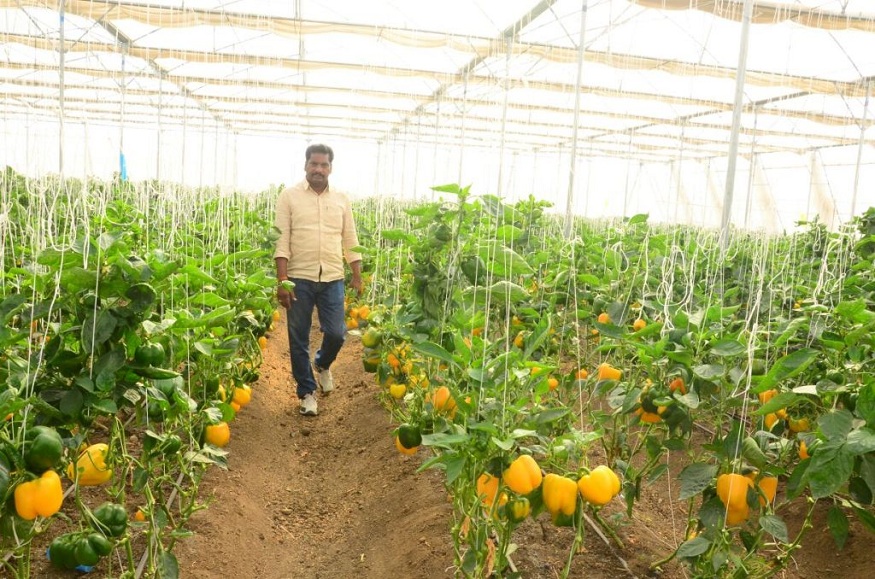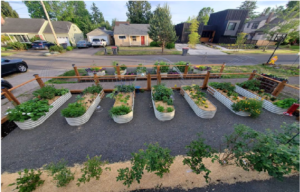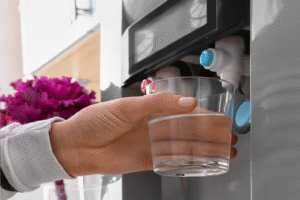Why Polyhouse Farming Is Setting Trends In Indian Agriculture
3 min read
A greenhouse, often known as a polyhouse, is a polyethylene-based structure or home. Plants may live and flourish in regulated environments thanks to this translucent glass-like material. The scale of your construction may vary depending on your demands, ranging from gigantic structures to little shacks.
Because the housing helps to keep greenhouse gases from escaping, the interiors of this glass greenhouse are warm when exposed to sunbeams. As a consequence, plants benefit from a warm, survival-friendly atmosphere even when it is frigid outside. The polyhouse farming method protects crops from a wide range of external factors that may harm them. Here are a few of the benefits. Precision farming in the form of polyhouse farming is an excellent example. Because of the efficient use of resources, crop harvest quality is excellent.
1. Growing quality crops
A customer constantly looks for quality in the market while purchasing food. When someone discovers high-quality items, they pay for them right away. When you provide top-notch quality through polyhouse farming, you don’t have to worry about demand. Polyhouse farming, for example, is capable of creating high-quality products.
2. Grow a variety of crops
Polyhouse farming allows you to grow a variety of crops in a little space. Among them are strawberries, papayas, and other fruits. Tomatoes, spinach, onion, coriander, chillies, cauliflower, radish, capsicum, bitter gourd, and cabbage are just a few examples of vegetables that may be cultivated using this approach. The best part about growing flowers in a polyhouse is that you may grow roses, orchids, marigolds, gerberas, and carnations.
3. Crops grown in a climate that is controlled
You’re undoubtedly acquainted with the weather in Punjab if you’ve ever there. During March, the state’s ambient air temperature exceeds 30 degrees Celsius, causing the temperature inside a polyhouse to rise as well. By maintaining a controlled atmosphere, growers may nurture plants in areas where agricultural output is difficult. The equipment installed in a polyhouse regulates a number of factors. Air ventilation, temperature, and humidity are three of these parameters. The fan-pad system facilitates in the temperature control of a polyhouse. Using the digital control unit and other sensing equipment, you will be able to more efficiently monitor the climatic situation.
4. Vertically grown crops
Crops that can grow vertically in a polyhouse include indeterminate cucumbers and tomatoes. Tomatoes make for 12% of overall vegetable output, according to study. When crops are grown vertically in a polyhouse, growers may make better use of space. As a result, the yield of this approach is increased three to four times. The simplicity with which crops may be trimmed and trained is another advantage of vertical crop production in a polyhouse technique. Pruning the plant on a regular basis greatly improves its growth, which benefits you in the long run.
Depending on the crop variety and management, crop yields can be enhanced by 10-12 times in polyhouse farming. As a result, a number of abiotic and biotic factors, such as environmental conditions, disease control, pest management, and nutrient management, have an impact on crop output. With precise fertiliser control, air flow, humidity, and an optimal temperature of 18-24 degrees Celsius, crop output per unit area is maximised.







